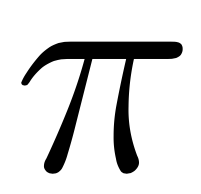Betteridge’s law says
Any headline which ends in a question mark can be answered by the word no.
If Betteridge was right, then the answer to my headline question should be no, in which case Betteridge was wrong. But Betteridge was wrong, then the answer to the question in my headline is yes.
This isn’t quite like Russell’s paradox. He asked whether the set of sets which contain themselves contains itself. If it does, it doesn’t. If it doesn’t, it does. This logical contradiction led to a more rigorous construction of set theory that avoids the paradox.
My observation about Betteridge’s law isn’t a paradox, though it resembles one. If Betteridge was wrong, there’s no contradiction in saying that he was sometimes but not always right.
Betteridge’s law was an aphorism, not a logical absolute, and so was never intended to be a rigorous statement. I’m sure Betteridge was quite aware that there had been exceptions, or at least that one could easily create an exception. He did so himself. But as is often the case with yes/no statements that are not always true, it can be turned into a rigorous statement using probability.
Betteridge could have said that if a headline ends in a question mark, the probability that the answer is no is large. Then my headline, added to the vast collection of headlines, would ever-so-slightly lower the proportion of headlines that ask questions that can be answered negatively, without contradicting Betteridge, if was right.
We could call Betteridge’s constant the probability that a headline asks a question that could be answered no. But then it probably isn’t a constant. Maybe knowledge of Betteridge’s law influences how people write headlines …
* * *
Thanks to Don Sizemore for pointing out Betteridge’s law.

